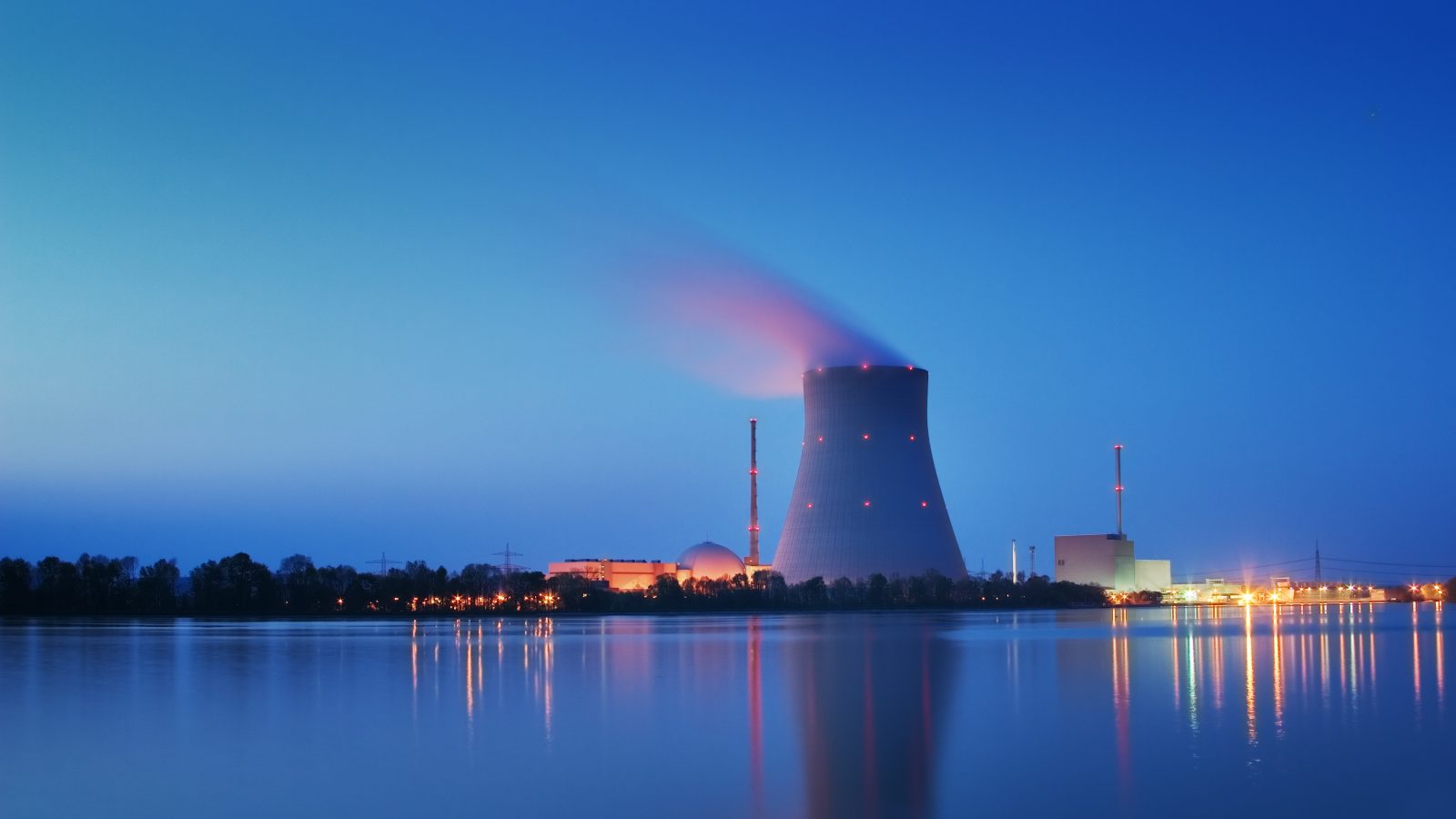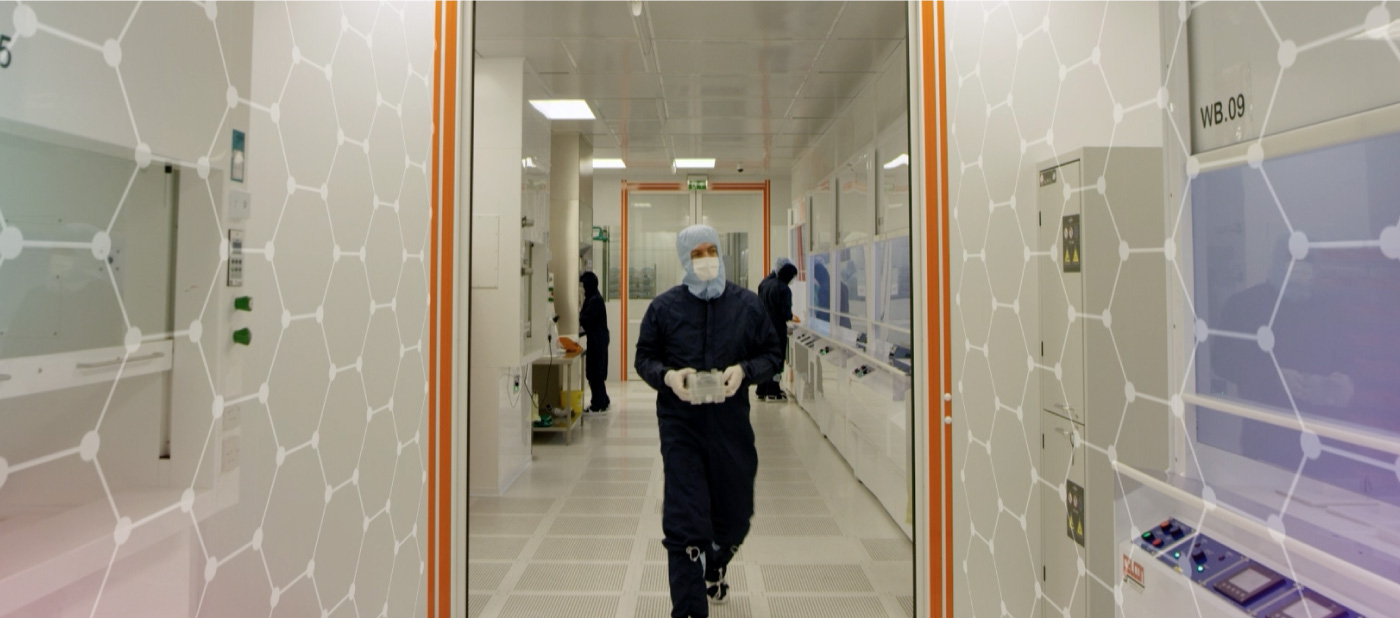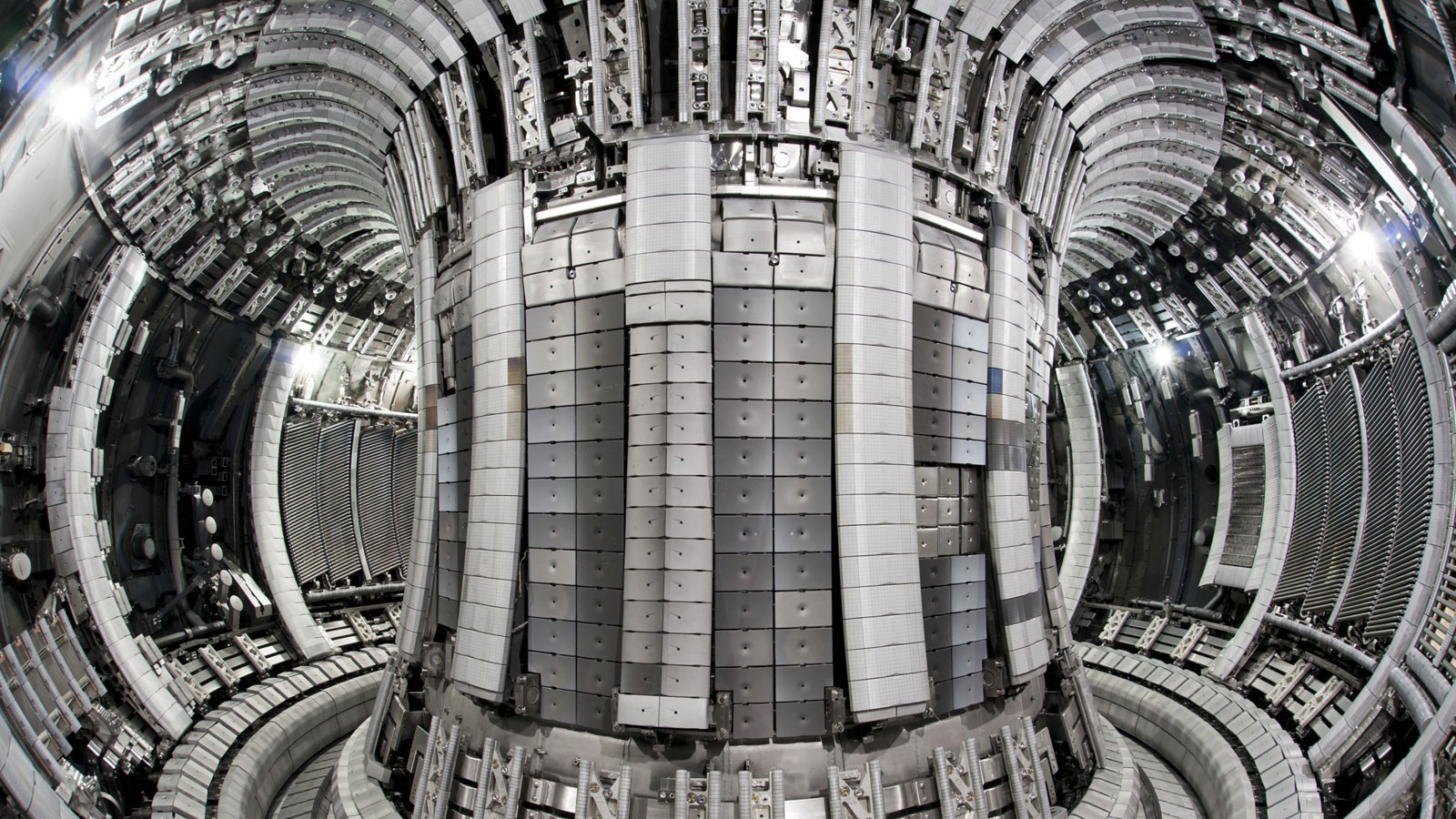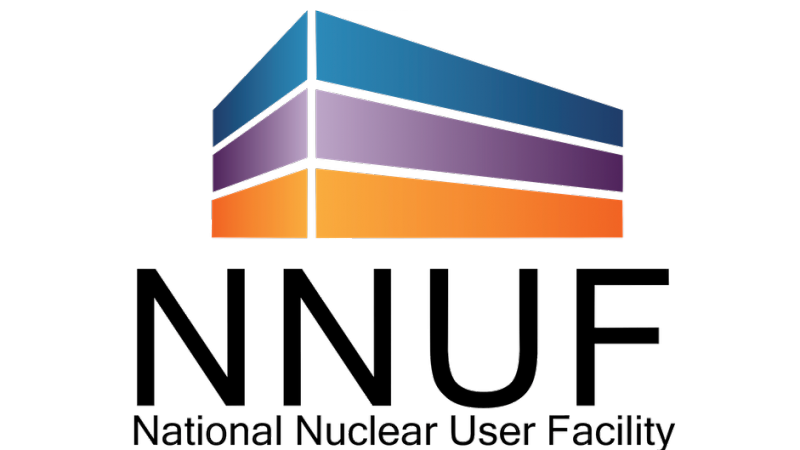The National Nuclear Laboratory – a Royce partner – has taken delivery of a world-leading new instrument to support its goal of helping to secure future clean energy supplies for the UK. The bespoke characterisation tool brings fuel-active secondary ion mass spectroscopy (SIMS) to the UK, and combines that with an ultra-high resolution plasma focused ion beam scanning electron microscope (FIB-SEM) to create a powerful new capability.
With a remit to provide world-leading expertise and to deliver innovative nuclear solutions to its customers in the civil nuclear industry, bringing fuel-active SIMS to the UK’s research infrastructure was seen as a high priority for the UK’s National Nuclear Laboratory (NNL). One of NNL’s main areas of research is to develop strategies and technologies for the stabilisation and storage of nuclear waste. The FIB-SEM will be used to investigate the structure and composition of a wide range of treated nuclear waste materials. The treatments are aimed at permanently encapsulating the fissile material, neutralizing the waste materials for thousands of years. The new instrument will enable researchers to look in greater detail at how fuels are behaving in reactors when they’re being used to keep lights on in homes, and also how the UK’s waste immobilisation remedies will behave in long term storage for a millennia.
The high-resolution imaging capabilities and plasma FIB’s rapid high-volume milling are ideal features for structural and sub-structural determinations as well as TEM lamellae preparation. Comprehensive chemical characterisation is provided by a host of detectors including fully integrated time-of-flight (ToF)-SIMS and Bruker energy-dispersive X-ray spectroscopy (EDS) and electron backscatter diffraction (EBSD) systems – plus the Bruker FlatQUAD super high solid angle EDS for mapping at high resolution. In conjunction with the plasma FIB, these will enable NNL researchers to perform high sensitivity 3D chemical analyses.
Adrian Bull, External Relations Director at NNL shared more about the purpose of NNL, saying, “At NNL we’re helping secure future clean energy supplies: pioneering and innovating to harness opportunities in pursuit of our purpose – nuclear science to benefit society. We are the UK’s national nuclear laboratory for fission – owned by UK Government and operated on a commercial basis, supporting customers in the UK and overseas in their work. Our work is focused around four themes – clean energy, environmental restoration, health and nuclear medicine, and security and safeguards.”
Dr Adam Qaisar, Materials Scientist at NNL explained how the newly installed FIB-SEM, helps the NNL to fulfil its mission: “The XEIA3 will make a valuable addition to our research capabilities by complimenting NNL’s existing gallium FIB, TEM, SEM, and x-ray CT correlative microscopy suite. By bringing fuel-active SIMS back to the UK after a lengthy absence, we expect it will also be attractive to external researchers who can access the facility through the Henry Royce Institute. NNL’s electron microscopy team also look forward to forming closer working relationships with TESCAN and other vendors involved with this system to push the technology further and to provide new insight to our research projects.”
“Nuclear power generation is an extremely efficient and important process for electricity production. Improved technologies for the safe, secure management and disposal of some of its waste products are continually being sought, and we are proud to be supporting the efforts of one of the world leaders in the area in addressing this challenge. For NNL to install one of our instruments for their cutting-edge research reinforces that fact that we produce world-class FIB-SEMs”, commented Jiří Dluhoš, Product Manager – FIB-SEM for Materials Science, at TESCAN.
The instrument is commissioned and ready for use. Although it is located in NNL’s facilities on the Sellafield nuclear licensed site in Cumbria, the instrument is available for others within the UK’s nuclear research community to access (subject of course to appropriate clearance and compliance with any COVID-19 restrictions which may apply). Furthermore, the team at NNL are also happy to share their experience with the instrument with interested colleagues from other areas of research.
If you’re interested to learn how to access this ground-breaking equipment for your work, you can apply to do this via Royce.






